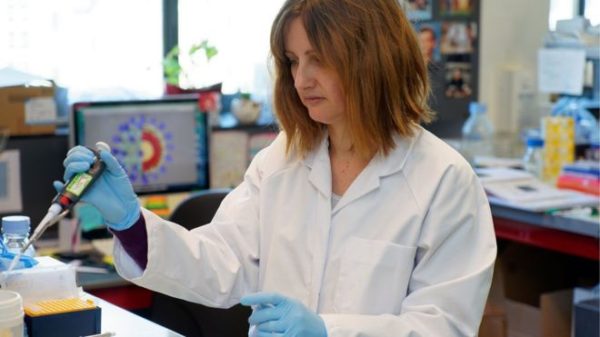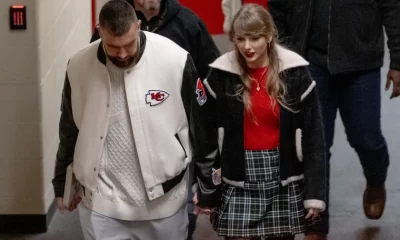GENERAL NEWS
Coronavirus: How close are we to a vaccine?

It means, realistically, one would not be ready until at least the middle of next year.
All of this is happening on an unprecedented timescale and using new approaches to vaccines, so there are no guarantees everything will go smoothly.
Remember there are four coronaviruses that already circulate in human beings. They cause the common cold, and we don’t have vaccines for any of them.
Would it protect people of all ages?
It will, almost inevitably, be less successful in older people. This is not because of the vaccine itself, but aged immune systems do not respond as well to immunisation. We see this every year with the flu jab.
All medicines, even Paracetamol, have side effects. But without clinical trials it is impossible to know what the side effects of an experimental vaccine may be.
Until a vaccine is ready what treatments are there?
Vaccines prevent infections and the best way of doing that at the moment is good hygiene.
If you are infected by coronavirus, then for most people it would be mild. There are some anti-viral drugs being used in clinical trials, but we cannot say for sure that any of these work.
How do you create a vaccine?
Vaccines harmlessly show viruses or bacteria (or even small parts of them) to the immune system. The body’s defences recognise them as an invader and then learn how to fight it.
Then if the body is ever exposed for real, it already knows how to fight the infection.
The main method of vaccination for decades has been to use the original virus.
The measles, mumps and rubella (MMR) vaccine is made by using weakened versions of those viruses that cannot cause a full-blown infection. The seasonal flu jab is made by taking the main strains of flu doing the rounds and completely disabling them.
The work on a new coronavirus vaccine is using newer, and less tested, approaches called “plug and play” vaccines. Because we know the genetic code of the new coronavirus, Sars-CoV-2, we now have the complete blueprint for building that virus.
Some vaccine scientists are lifting small sections of the coronavirus’s genetic code and putting it into other, completely harmless, viruses.
Now you can “infect” someone with the harmless bug and in theory give some immunity against infection.
Other groups are using pieces of raw genetic code (either DNA or RNA depending on the approach) which, once injected into the body, should start producing bits of viral proteins which the immune system again can learn to fight.
Source: bbc.com











